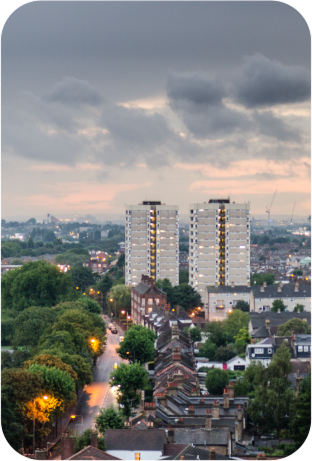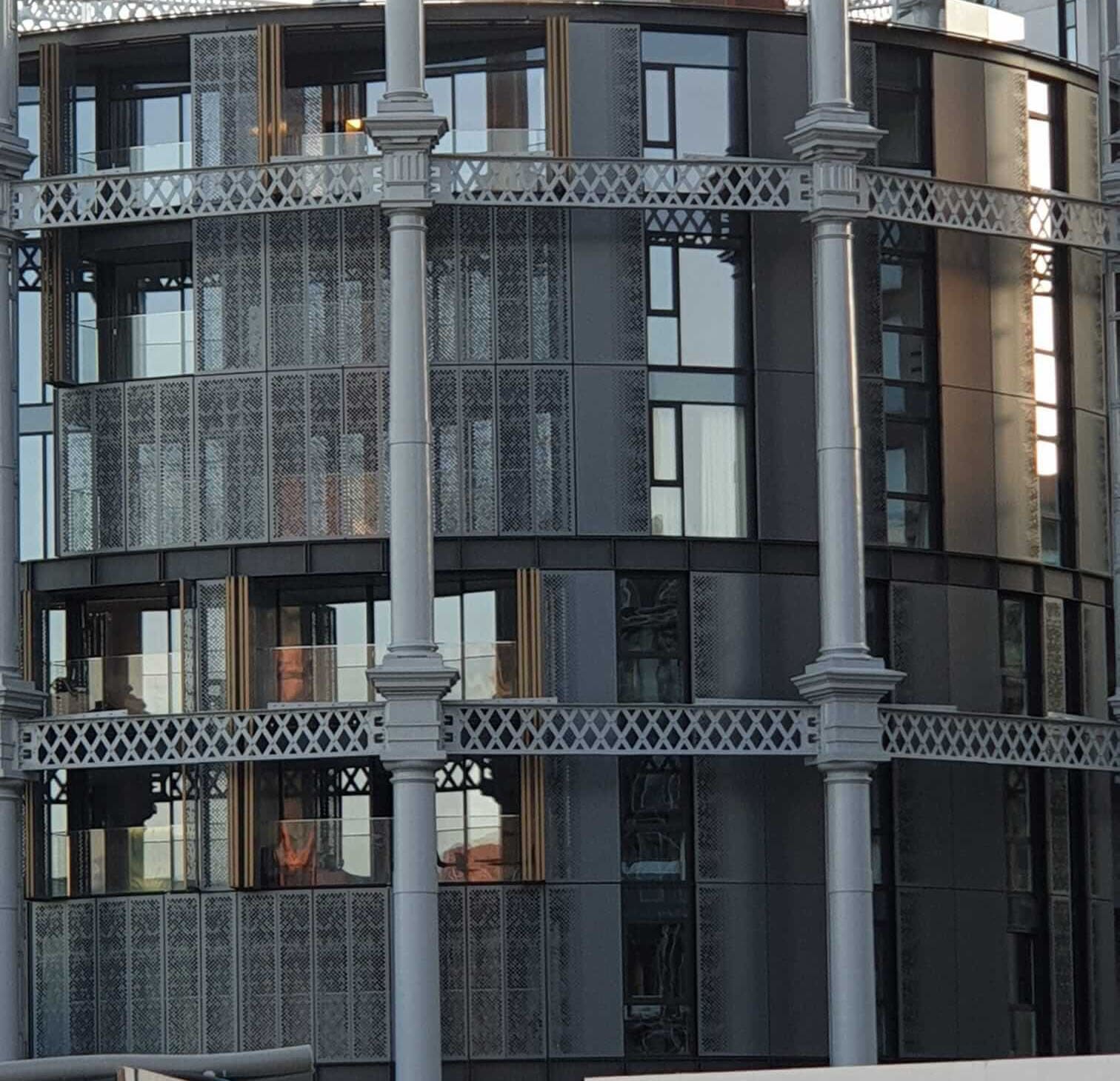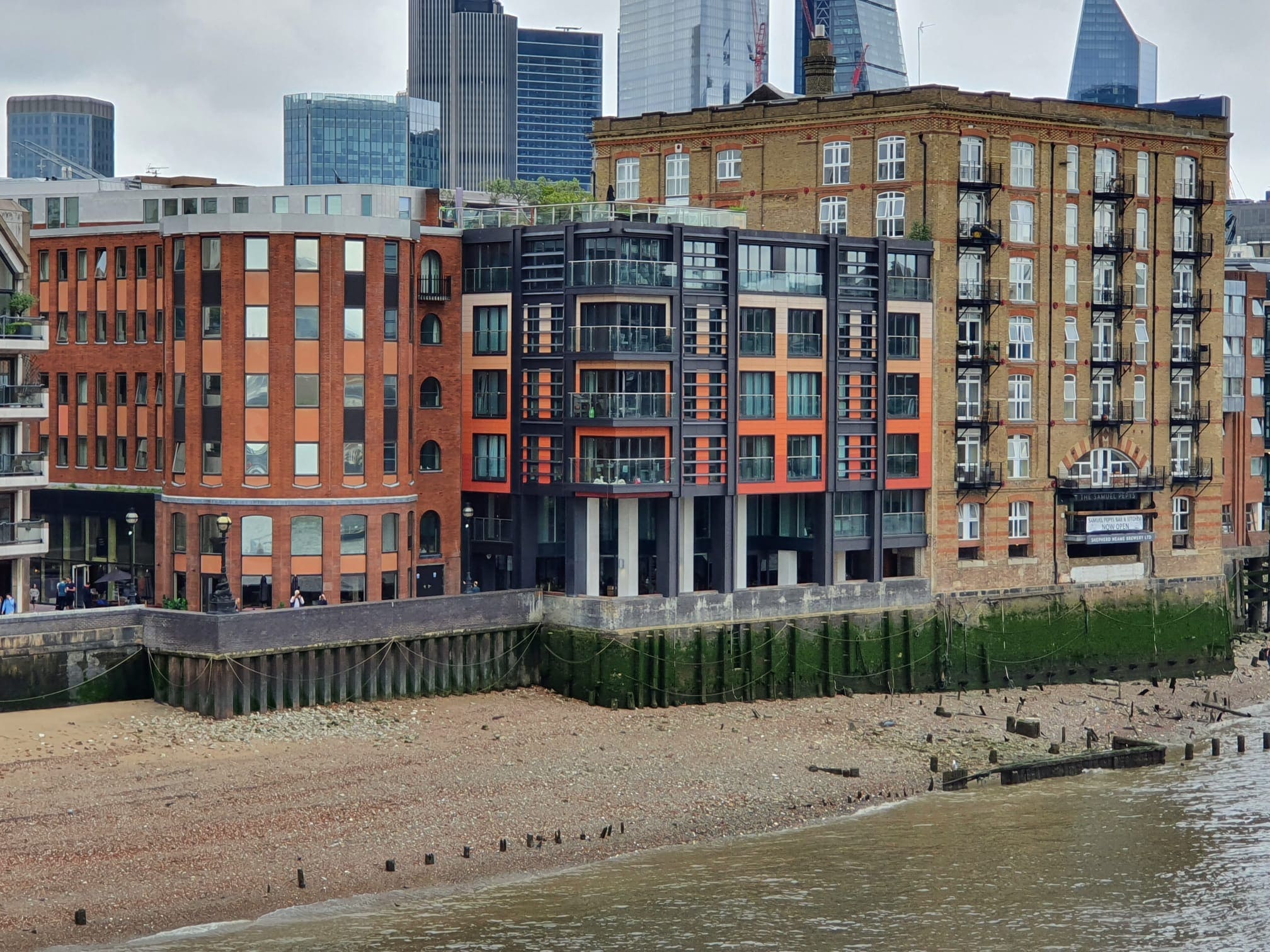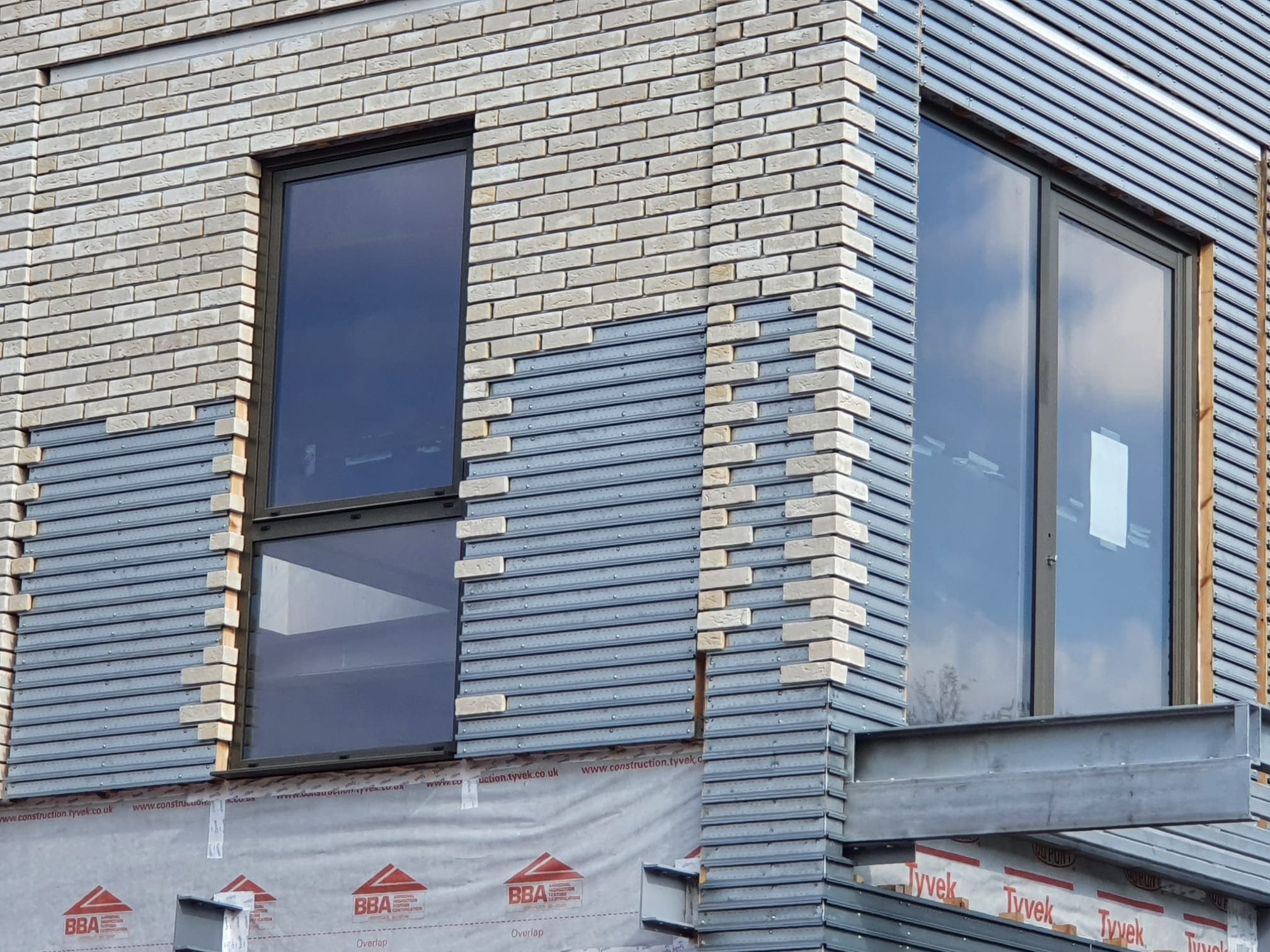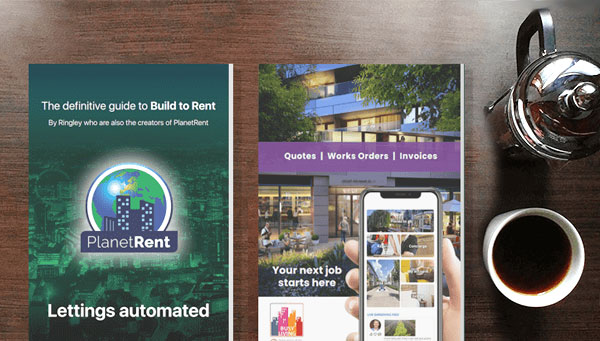 589
589
 0
0
Why Subsidence is a Concern
Subsidence is a serious issue that can cause structural instability in properties. Subsidence specialist Sedgwick has warned that weather conditions in 2020 may lead to a rise in cases across the country.
What Causes Subsidence?
Subsidence occurs when ground conditions change around and beneath a building, leading to downward movement. Common causes include:
- Clay soils expanding and contracting due to changing weather
- Tree roots disturbing the subsoil beneath foundations
- Leaking drains and pipes affecting soil stability
Key Signs of Subsidence
According to AXA Insurance, subsidence-related cracks are:
- Thicker than a 10p coin (more than 3mm)
- Diagonal, wider at the top than the bottom
- Visible both inside and outside the property
- Close to doors and windows
- Extending below the damp-proof course
Other Warning Signs
In addition to cracks, subsidence can cause:
- Wallpaper crinkling at wall/ceiling joins
- Doors and windows sticking due to warping frames
- Cracks appearing where an extension joins the house
When to Be Concerned About Cracks
Not all cracks are caused by subsidence. New-build properties and freshly plastered walls often develop small cracks due to natural settling. Shrinkage and swelling from temperature and humidity changes can also create minor cracks.
What to Do If You Spot a Crack
Your property manager should assess any structural concerns, but even experts can miss things. If you notice a new crack in the external walls of your block or inside your flat, let us know as soon as possible to prevent potential damage.





Meet our Expert Property Commentators

















